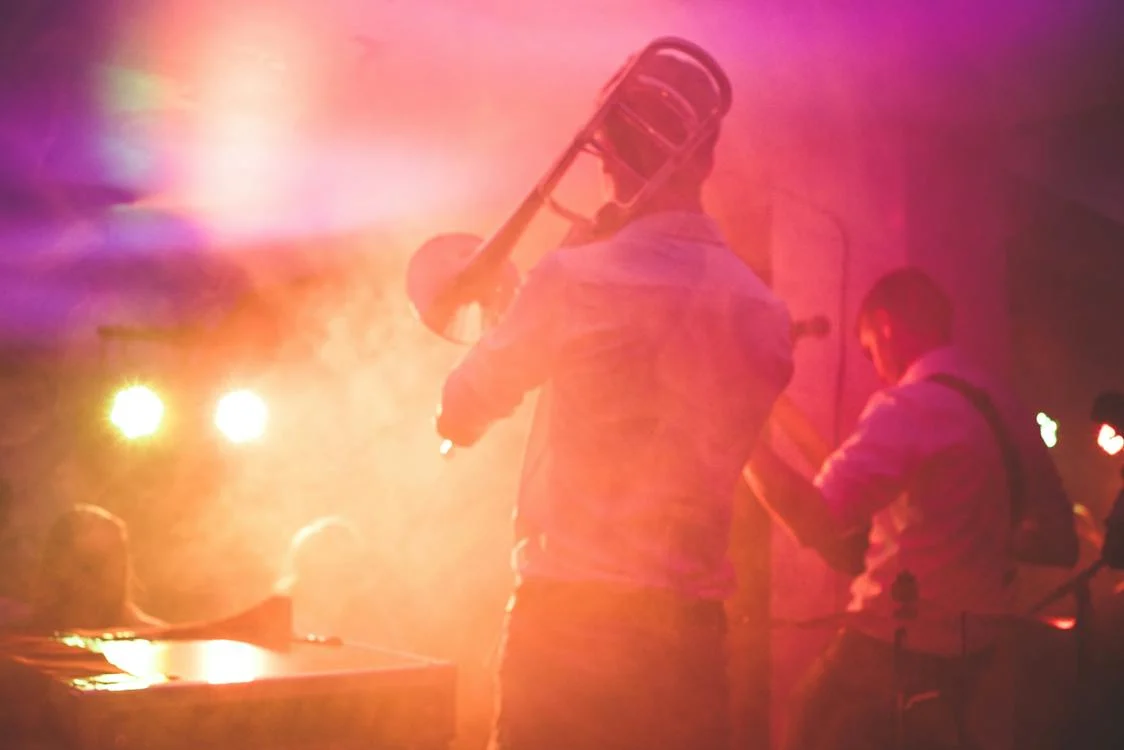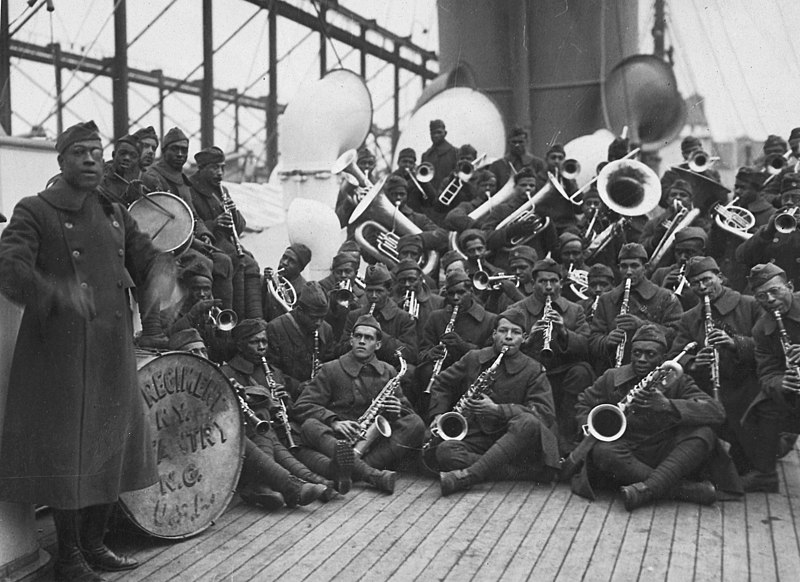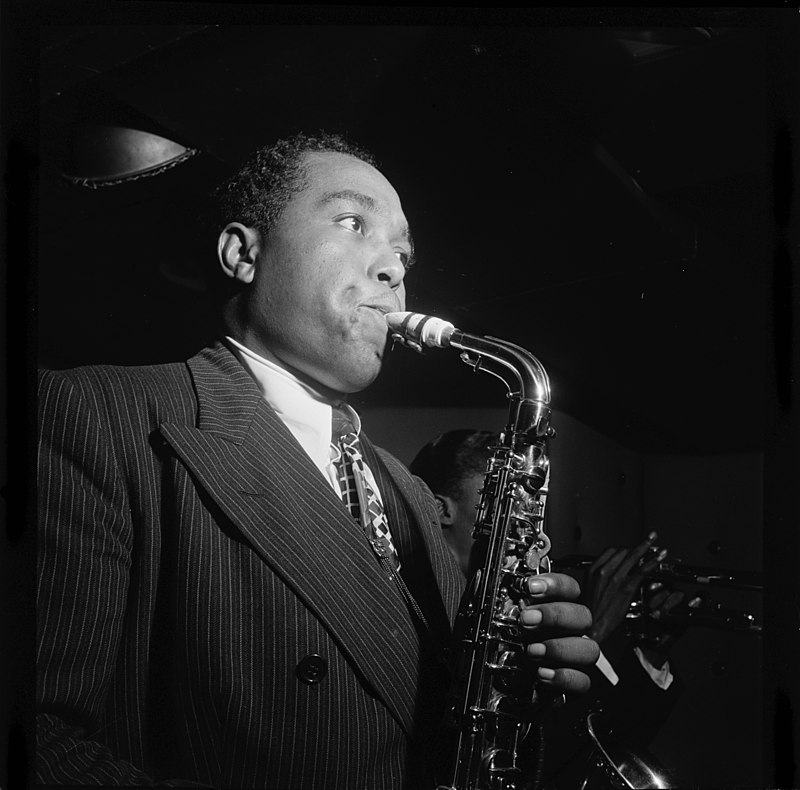New York City, often hailed as the cultural melting pot of the world, has played an instrumental role in the evolution and spread of jazz music. From the roaring ’20s to the vibrant present, the city’s dynamic energy and diverse population have made it a fertile ground for the growth of this uniquely American art form. This blog post explores the multifaceted influence of New York City on jazz music, highlighting its historical significance, cultural impact, and the legendary venues that have become synonymous with the genre.
Historical Significance
The Harlem Renaissance
The Harlem Renaissance, a cultural, social, and artistic explosion in the 1920s and 1930s, marked a turning point for African American culture and its influence on the American cultural landscape, with Harlem at its epicenter. This period saw a flourishing of African American literature, art, and music, with jazz emerging as a powerful expression of African American identity and creativity. Jazz clubs and speakeasies dotted the Harlem landscape, becoming crucibles for musical innovation and collaboration.
The significance of the Harlem Renaissance in the context of jazz music cannot be overstated. Legendary figures such as Duke Ellington, Louis Armstrong, and Bessie Smith found their voices in Harlem’s vibrant music scene, blending blues, ragtime, and other musical traditions to forge the early sounds of jazz. The Cotton Club, one of Harlem’s most famous venues, hosted some of the era’s most memorable jazz performances, showcasing the talents of black musicians to mixed audiences and breaking down racial barriers in the process. Harlem’s jazz scene not only entertained but also sparked a cultural awakening, affirming the value and richness of African American culture.
Bebop Revolution
The 1940s and 1950s heralded a new chapter in the evolution of jazz in New York City with the advent of bebop. This complex, improvisation-heavy style marked a significant departure from the dance-oriented swing music that had dominated the previous era. Bebop was characterized by fast tempos, intricate melodies, and advanced harmonies, reflecting the musicians’ desire to push the boundaries of jazz and create a more artistically challenging form.
The bebop revolution found its home in the smaller, more intimate clubs of Greenwich Village and Midtown Manhattan, such as Minton’s Playhouse and the Five Spot. These venues provided a platform for jazz musicians to experiment and refine their craft away from the commercial pressures of the larger swing bands. Figures like Charlie Parker, Dizzy Gillespie, and Thelonious Monk became synonymous with bebop, captivating audiences with their virtuosic performances and complex compositions. The emergence of bebop in New York City solidified the city’s status as a center of jazz innovation, attracting musicians and enthusiasts from around the world.
Jazz and Civil Rights
The relationship between jazz music and the civil rights movement highlights the genre’s profound social and cultural impact. Throughout its history, jazz has served as a medium for African American expression and protest, articulating the struggles and aspirations of the black community. In the 1950s and 1960s, as the civil rights movement gained momentum, jazz musicians played an integral role in the fight for equality, using their music as a form of resistance and solidarity.
Artists like Nina Simone, Max Roach, and Charles Mingus used their compositions and performances to address social injustices and support the civil rights cause. Simone’s “Mississippi Goddam” and Roach’s “We Insist! Freedom Now Suite” are poignant examples of how jazz music was harnessed as a powerful tool for social commentary and change. The interplay between jazz and civil rights not only enriched the music’s emotional depth and complexity but also underscored its significance as a voice for social and political activism.
Cultural Impact
Cross-Cultural Exchange
New York City, with its rich tapestry of cultures, has always been a crucible for artistic innovation, and jazz music is no exception. The city’s status as a cultural melting pot has profoundly influenced the sound and evolution of jazz, infusing it with a diverse range of musical influences from around the globe. Latin rhythms, Caribbean beats, African harmonies, and European classical music elements have all found their way into the jazz genre, thanks to New York’s diverse population.
The integration of Latin rhythms into jazz is one of the most significant examples of this cross-cultural exchange. In the 1940s and 1950s, musicians like Dizzy Gillespie and Machito fused Afro-Cuban rhythms with jazz, giving birth to Latin jazz. This fusion introduced new instruments, such as congas and timbales, into jazz ensembles, and added complex polyrhythms that enriched jazz’s rhythmic structure. Similarly, the influx of Caribbean immigrants brought calypso and reggae influences, which blended with jazz to create unique soundscapes.
Influence on Other Genres
Jazz’s influence in New York City extends beyond its own genre, impacting and being impacted by a wide array of other musical styles. This interplay has contributed to the creation of new genres and the enrichment of existing ones, showcasing jazz’s versatility and adaptability.
The interaction between jazz and blues is foundational, with both genres sharing African American roots and influencing each other’s development. Jazz musicians have drawn on the emotional depth and expressive forms of the blues, while blues musicians have incorporated the improvisational elements and complex harmonies of jazz into their work.
The relationship between jazz and rock is another example of mutual influence. In the 1960s and 1970s, the fusion of jazz with rock music led to the creation of jazz-rock fusion, a genre that combined the improvisational aspects of jazz with the electric instruments and energy of rock. Musicians like Miles Davis and Herbie Hancock were instrumental in this fusion, creating music that appealed to audiences of both genres. Discover more about the big apple’s influence on other things. Visit The Influence of New York City on Comic Book Culture
Legendary Venues and Figures
Iconic Jazz Clubs
New York City’s jazz scene has been defined by its legendary venues, each with its own unique contribution to the history and culture of jazz.
- The Cotton Club: Located in Harlem, the Cotton Club was a focal point during the Harlem Renaissance. Despite its controversial history of segregation, it was a launchpad for many African American musicians. Duke Ellington’s orchestra became the house band for a while, helping to catapult him to fame. The club was known for its lavish performances and played a crucial role in popularizing jazz across racial divides.
- The Village Vanguard: Established in 1935 in Greenwich Village, the Village Vanguard started as a venue for folk music and poetry but soon became one of the most important jazz clubs in the world. It is renowned for its acoustics and intimate setting, making it a favorite recording venue for many jazz legends, including John Coltrane, whose seminal album “Live at the Village Vanguard” was recorded here.
- Birdland: Named after Charlie “Bird” Parker, Birdland opened in 1949 and quickly became known as “The Jazz Corner of the World.” It hosted performances by many jazz luminaries, including Miles Davis, Thelonious Monk, and John Coltrane. Birdland was instrumental in popularizing modern jazz and continues to be a vital part of New York City’s jazz scene.
- The Blue Note: Since its opening in 1981, the Blue Note has been synonymous with jazz excellence in New York City. Located in Greenwich Village, it has hosted performances by many of the genre’s giants, such as Dizzy Gillespie, Sarah Vaughan, and Oscar Peterson. The Blue Note is known for its high-quality acoustics and for maintaining a strong tradition of featuring both legendary jazz figures and emerging talents.
These venues have not only provided stages for legendary performances but have also nurtured the growth of jazz by fostering a community of musicians and enthusiasts alike.
Prominent Jazz Figures
Several key figures in New York’s jazz scene have left indelible marks on the genre, contributing significantly to its evolution and enduring appeal.
- Duke Ellington: One of the most prolific composers and bandleaders in jazz history, Ellington’s association with the Cotton Club catapulted him to fame. His sophisticated compositions and orchestrations elevated jazz to a respected art form. Ellington’s ability to blend melodies, rhythms, and textures from various sources, coupled with his exceptional band, made his contributions to jazz unparalleled.
- Miles Davis: Davis was a trumpeter, bandleader, and composer whose career spanned five decades and who played a key role in many important developments in jazz during this time, including bebop, cool jazz, hard bop, modal jazz, and jazz fusion. Davis was known for his restless innovation and was a pivotal figure in the jazz scene, particularly in New York, where he participated in historic sessions at clubs like the Village Vanguard and Birdland. His seminal album “Kind of Blue,” recorded with other New York-based musicians, remains one of the most influential jazz albums of all time.
- Charlie Parker: A saxophonist of extraordinary talent, Parker was a leading figure in the development of bebop. His innovative approach to harmony, rhythm, and improvisation changed the landscape of jazz music. Parker’s performances at venues like Birdland showcased his virtuosic technique and complex improvisational style, influencing countless musicians.
- Billie Holiday: Known for her distinctive voice and emotive delivery, Holiday was one of jazz’s most revered vocalists. Her performances in New York City clubs left a lasting impact on jazz vocal style. Holiday’s ability to convey deep emotion in songs, many of which she wrote or co-wrote, spoke to the human experience, making her an enduring figure in jazz history.
- Thelonious Monk: Known for his distinctive style as a pianist and composer, Monk is one of the giants of American jazz. His work is characterized by its inventive use of dissonance and unusual intervals, contributing significantly to the modern jazz idiom. Monk’s compositions, like “Round Midnight” and “Blue Monk,” are considered jazz standards, and his residency at the Five Spot Café in the late 1950s solidified his status as a jazz luminary.
- John Coltrane: A virtuosic saxophonist and composer, Coltrane’s work in the 1950s and 1960s was groundbreaking. His pioneering use of modal jazz and his development of free jazz left a profound impact on the genre. Coltrane’s residency at the Village Vanguard led to one of the most celebrated live recordings in jazz history, “Live at the Village Vanguard,” capturing the innovative spirit of his quartet and solidifying his influence on the jazz genre.
These individuals, among many others, have been instrumental in shaping the sound and soul of jazz. Their contributions have not only defined the genre’s trajectory but have also ensured that New York City remains at the heart of the jazz world.
The Modern Jazz Scene in New York City
Overview of Today’s Scene
New York City’s jazz landscape remains a bustling and innovative space, teeming with artists who are reshaping the genre by infusing it with a myriad of musical influences. The city’s unique ability to attract and blend diverse cultural expressions has given rise to a contemporary jazz scene that is as eclectic as it is vibrant. Musicians are creatively merging jazz with genres like hip-hop, electronic, and global rhythms, attracting a new generation of listeners and expanding the genre’s reach.
Trending Now
The trend of genre-blending is a hallmark of New York’s current jazz scene. Artists such as Esperanza Spalding, Robert Glasper, and Kamasi Washington are at the forefront of this movement, bringing fresh perspectives and audiences to jazz. Their work, which transcends traditional jazz boundaries, exemplifies the innovative spirit that defines New York’s contribution to the genre.
Venues – The Heartbeat of Jazz
Iconic venues like the Village Vanguard and Blue Note continue to be pivotal in the jazz community, complemented by newer spots such as Smalls and Le Poisson Rouge. These venues cater to a broad spectrum of jazz styles, from classic bebop to avant-garde, ensuring that the city’s jazz offerings remain diverse and accessible. Furthermore, festivals like Winter Jazzfest serve as a showcase for cutting-edge jazz, highlighting the genre’s ongoing evolution in the city.
Nurturing Future Talent
New York’s commitment to jazz education plays a critical role in the genre’s sustainability. Institutions like the Juilliard School and the Manhattan School of Music are at the forefront of jazz education, offering programs that balance traditional jazz teachings with opportunities for innovation. These programs not only provide students with a solid foundation in jazz but also encourage them to explore and contribute to the genre’s future directions.
Practical Experience
Beyond classroom instruction, these institutions offer students the chance to engage directly with the city’s jazz scene through performances in renowned venues and interactions with established artists. This blend of academic rigor and real-world exposure equips emerging musicians with the skills and insights necessary to thrive in the evolving landscape of jazz.
New York City’s modern jazz scene is a dynamic and evolving ecosystem, fueled by a blend of historical legacy, cultural diversity, innovative artists, supportive venues, and robust educational programs. Together, these elements ensure that jazz in New York remains a vibrant and integral part of the city’s cultural fabric.
Reflection on New York City’s Jazz Heritage
Reflecting on New York City’s jazz heritage evokes a deep sense of appreciation for the city’s unparalleled contribution to the cultural and musical landscape. Jazz in New York is more than just a genre of music; it is a living, breathing testament to the power of artistic expression, resilience, and community. The city’s jazz heritage speaks to the universal language of music and its ability to connect people across different backgrounds and eras.
The diversity and dynamism of New York’s jazz scene mirror the city itself—constantly evolving, yet always rooted in a rich historical tapestry. This heritage reminds us that music, at its best, reflects the complexity of the human experience, offering a window into the struggles, joys, and aspirations of its creators and listeners.
As a personal reflection, New York City’s jazz legacy is a source of inspiration, reminding us of the importance of creativity, innovation, and collaboration. It underscores the value of preserving cultural traditions while also being open to change and new influences. The story of jazz in New York is a powerful reminder of how art can thrive in the midst of adversity, bringing people together and enriching the human spirit. Discover the echoes of the Beat Generation. Visit Echoes of the Beat Generation – New York City’s Indelible Mark
Conclusion
New York City’s profound influence on jazz music is a testament to its role as a cultural melting pot and an epicenter of musical innovation. From the Harlem Renaissance to the avant-garde movements, and through to the contemporary jazz fusion, the city has been pivotal in shaping the genre’s evolution. Its iconic venues, legendary figures, and esteemed educational institutions have nurtured generations of musicians, ensuring jazz’s vibrant presence in the city’s cultural fabric. Reflecting on this rich heritage, it’s clear that New York City’s contributions to jazz are not only a significant chapter in the history of music but also a continuing story of artistic expression, resilience, and community.



